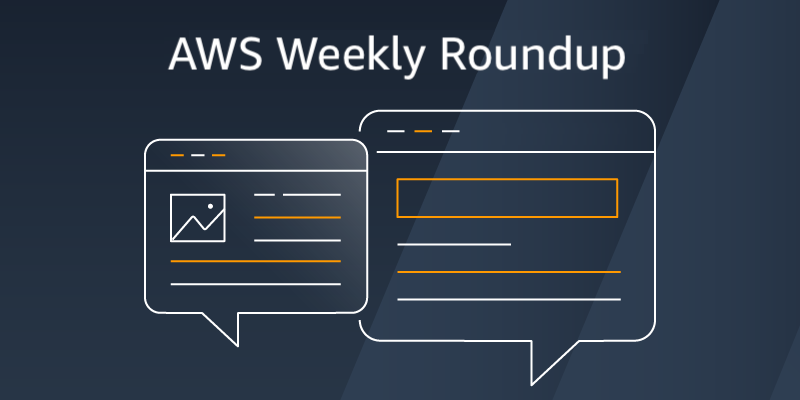AWS News Blog
Category: AWS Organizations
AWS Control Tower introduces a Controls Dedicated experience
AWS Control Tower now offers Control Only Experience, enabling faster governance setup for established multi-account environments by providing access to AWS managed controls without requiring a full landing zone implementation.
AWS Backup adds new Multi-party approval for logically air-gapped vaults
Multi-party approval for AWS Backup logically air-gapped vaults enables organizations to recover their backup data even when their AWS account is compromised, by creating approval teams of trusted individuals who can authorize vault sharing with a recovery account through a separate authentication path.
Simplify governance with declarative policies
With only a few steps, create declarative policies and enforce desired configuration for AWS services across your organization, reducing ongoing governance overhead and providing transparency for administrators and end users.
AWS Weekly Roundup: AWS BuilderCards at re:Invent 2024, AWS Community Day, Amazon Bedrock, vector databases, and more (Nov 18, 2024)
This week, we wrapped up the final 2024 Latin America Amazon Web Services (AWS) Community Days of the year in Brazil, with multiple parallel events taking place. In Goiânia, we had Marcelo Palladino, senior developer advocate, and Marcelo Paiva, AWS Community Builder, as keynote speakers. Florianópolis feature Ana Cunha, senior developer advocate, and in Santiago […]
Centrally managing root access for customers using AWS Organizations
Eliminate long-term root credentials, perform privileged tasks via short-lived sessions, and centrally manage root access – aligning with security best practices.
AWS adds passkey multi-factor authentication (MFA) for root and IAM users
Fortify your AWS account security with new passkey MFA and mandatory root user MFA. Experience seamless authentication while bolstering protection against unauthorized access.
AWS Week in Review – November 21, 2022
This post is part of our Week in Review series. Check back each week for a quick roundup of interesting news and announcements from AWS! A new week starts, and the News Blog team is getting ready for AWS re:Invent! Many of us will be there next week and it would be great to meet […]
Introducing Amazon S3 Storage Lens – Organization-wide Visibility Into Object Storage
When starting out in the cloud, a customer’s storage requirements might consist of a handful of S3 buckets, but as they grow, migrate more applications and realize the power of the cloud, things can become more complicated. A customer may have tens or even hundreds of accounts and have multiple S3 buckets across numerous AWS […]







